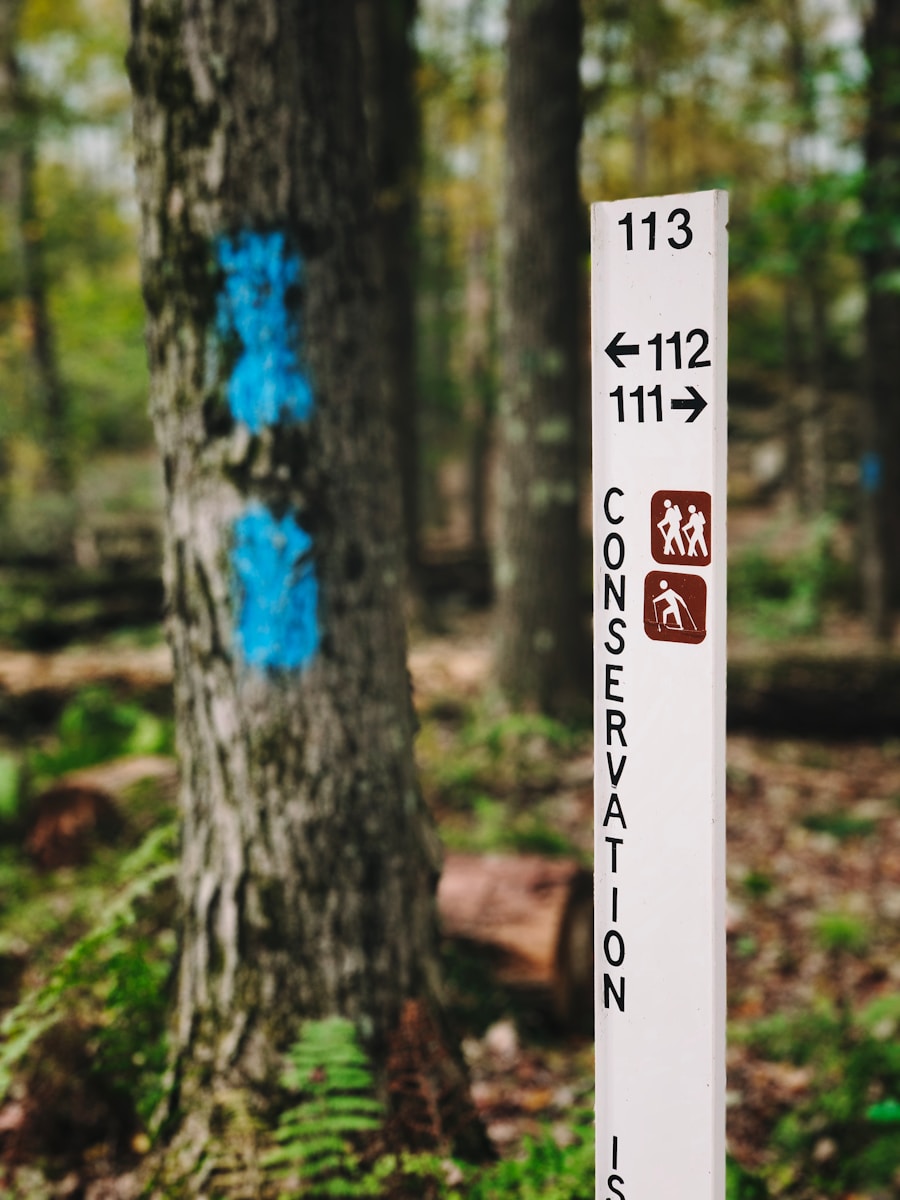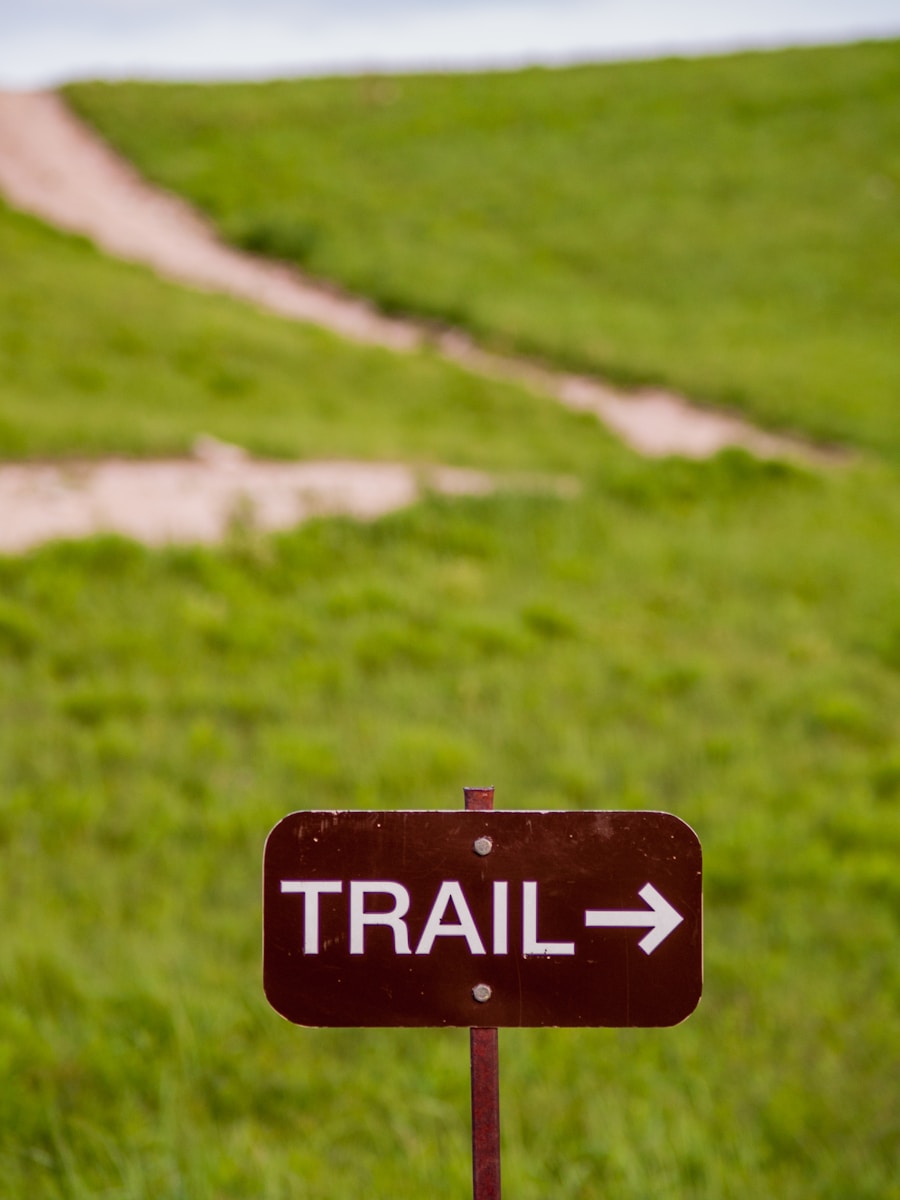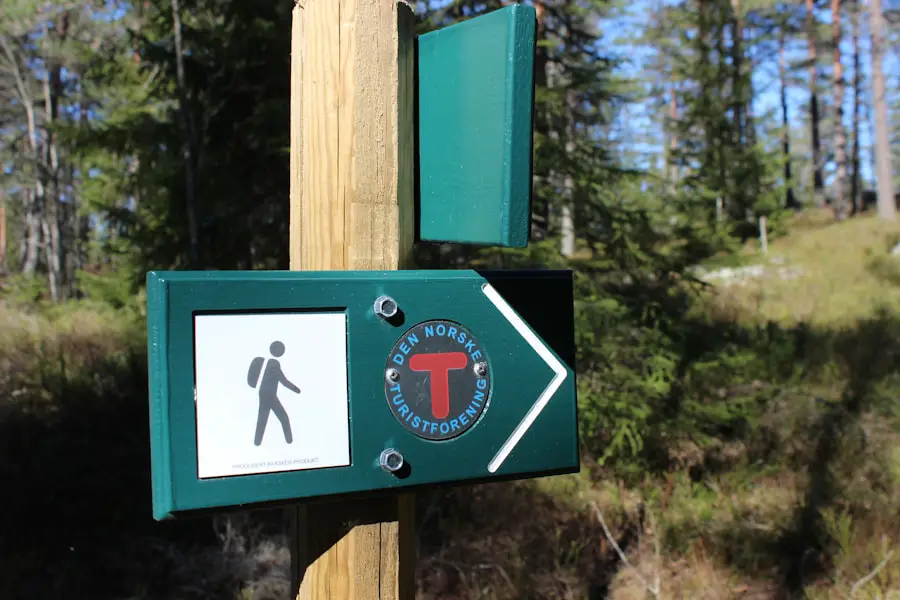Accessible hiking trails play a crucial role in promoting inclusivity and ensuring that the beauty of nature is available to everyone, regardless of physical ability. The natural world offers a wealth of benefits, from physical exercise to mental rejuvenation, and accessible trails allow individuals with mobility challenges, families with strollers, and older adults to experience these advantages. By providing well-designed paths that accommodate various needs, we foster a sense of belonging and encourage a diverse range of people to engage with the outdoors.
This inclusivity not only enriches the lives of individuals but also strengthens communities by promoting shared experiences in nature. Moreover, accessible hiking trails can serve as a catalyst for broader societal change. When trails are designed with accessibility in mind, they challenge preconceived notions about who can enjoy outdoor activities.
This shift in perspective can lead to increased awareness and advocacy for disability rights, as well as a greater appreciation for the diverse ways in which people interact with their environment. As more individuals experience the joys of hiking, they may become motivated to support initiatives that promote accessibility in other areas of life, such as public transportation, parks, and recreational facilities. Thus, accessible hiking trails are not merely pathways through nature; they are vital components of a more inclusive society.
Key Takeaways
- Accessible hiking trails provide opportunities for people of all abilities to enjoy the outdoors and experience the benefits of nature.
- Research and planning are essential for finding accessible hiking trails that meet individual needs and preferences.
- Tips for finding accessible hiking trails include utilizing online resources, contacting local organizations, and seeking recommendations from other hikers.
- Equipment and gear for accessible hiking may include mobility aids, adaptive hiking equipment, and appropriate footwear and clothing.
- Safety considerations for accessible hiking include being prepared for changing weather conditions, staying on designated trails, and having a communication plan in place.
Researching and Planning for Accessible Hiking Adventures
When embarking on an accessible hiking adventure, thorough research and planning are essential to ensure a positive experience. The first step is to identify potential trails that meet specific accessibility requirements. Many national and state parks provide detailed information about their trails on official websites, including descriptions of terrain, surface types, and available amenities such as restrooms and parking.
Additionally, organizations dedicated to outdoor accessibility often maintain databases of trails that have been evaluated for their suitability for individuals with mobility challenges. These resources can be invaluable in narrowing down options and finding trails that align with personal preferences. Once suitable trails have been identified, it is important to consider the logistics of the trip.
This includes planning for transportation to the trailhead, understanding the layout of the area, and determining the best time to visit based on weather conditions and trail usage. Accessibility features such as parking spaces designated for individuals with disabilities should be confirmed in advance. Furthermore, it is wise to check for any potential obstacles along the route, such as steep inclines or uneven surfaces that may pose challenges.
By taking these factors into account during the planning phase, hikers can set themselves up for a successful and enjoyable outing.
Tips for Finding Accessible Hiking Trails

Finding accessible hiking trails can sometimes feel daunting, but there are several strategies that can simplify the process. One effective approach is to leverage technology by utilizing mobile applications and websites specifically designed to highlight accessible outdoor spaces. Platforms like AllTrails and TrailLink allow users to filter search results based on accessibility features, making it easier to find trails that suit individual needs.
Additionally, social media groups and forums dedicated to outdoor enthusiasts often share firsthand experiences and recommendations for accessible hikes, providing valuable insights from those who have navigated similar challenges. Another useful tip is to connect with local outdoor organizations or advocacy groups focused on accessibility. These organizations often have extensive knowledge about nearby trails and can provide guidance on which ones are best suited for specific needs.
They may also host group hikes or events that cater to individuals with disabilities, creating opportunities for social interaction while exploring nature. Engaging with these communities not only aids in finding suitable trails but also fosters a sense of camaraderie among those who share similar interests in outdoor activities.
Equipment and Gear for Accessible Hiking
| Equipment and Gear | Description |
|---|---|
| Wheelchair | A sturdy and lightweight wheelchair designed for off-road use |
| All-terrain Walker | A walker with large, rugged wheels for stability on uneven terrain |
| Trekking Poles | Adjustable poles for added stability and support while hiking |
| Adaptive Hiking Boots | Boots with ankle support and a rugged sole for traction |
| Hydration Pack | A backpack with a built-in water reservoir for hands-free hydration |
| Portable Ramp | A foldable ramp for accessing areas with steps or uneven surfaces |
Selecting the right equipment and gear is essential for ensuring a comfortable and enjoyable hiking experience on accessible trails. For individuals with mobility challenges, specialized mobility devices such as all-terrain wheelchairs or mobility scooters can significantly enhance the ability to navigate various terrains. These devices are designed to handle uneven surfaces and obstacles commonly found on hiking trails, allowing users to explore areas that may have previously seemed inaccessible.
Additionally, some companies offer rental services for these specialized devices, making it easier for individuals to try them out before committing to a purchase. In addition to mobility aids, other gear can enhance the hiking experience. Comfortable clothing that accommodates varying weather conditions is crucial; moisture-wicking fabrics can help regulate body temperature during physical activity.
Footwear should provide adequate support and traction, especially when traversing uneven ground. For those who may require assistance or additional support while hiking, trekking poles can be beneficial in maintaining balance and stability on challenging sections of the trail. By carefully selecting equipment tailored to individual needs, hikers can maximize their enjoyment of accessible trails.
Safety Considerations for Accessible Hiking
Safety is paramount when embarking on any hiking adventure, particularly on accessible trails where unique challenges may arise. One of the first considerations is ensuring that all participants are aware of their physical limitations and capabilities. It is essential to communicate openly about any concerns regarding mobility or endurance levels before setting out on a hike.
This transparency allows for better planning regarding pacing and rest breaks throughout the journey. Another critical safety consideration involves being prepared for emergencies. Carrying a first aid kit tailored to specific needs is advisable, as well as having a means of communication in case assistance is required.
It is also wise to inform someone not participating in the hike about the planned route and expected return time. In addition, hikers should familiarize themselves with the trail’s layout and any potential hazards they may encounter along the way. By taking these precautions seriously, hikers can enjoy their adventures with greater peace of mind.
Exploring the Benefits of Accessible Hiking

Physical Health Benefits
Engaging in outdoor activities has been shown to improve cardiovascular health, increase strength and flexibility, and enhance overall fitness levels. For individuals with disabilities or mobility challenges, accessible hiking provides an opportunity to engage in physical activity in a supportive environment that accommodates their needs.
Mental Health Benefits
Mental health benefits are equally significant. Spending time in nature has been linked to reduced stress levels, improved mood, and enhanced cognitive function. Accessible hiking allows individuals who may otherwise feel isolated due to physical limitations to experience these positive effects firsthand.
Social Connection and Therapeutic Benefits
The act of being outdoors—breathing fresh air, soaking in sunlight, and immersing oneself in natural beauty—can be profoundly therapeutic. Furthermore, shared experiences on accessible trails foster connections among participants, creating lasting friendships and support networks that extend beyond the trail.
Connecting with the Accessible Hiking Community
Building connections within the accessible hiking community can greatly enrich one’s outdoor experiences. Many organizations focus on promoting inclusivity in outdoor activities by organizing group hikes specifically designed for individuals with disabilities or mobility challenges. Participating in these events not only provides opportunities for exploration but also allows individuals to meet others who share similar interests and experiences.
Social media platforms have become invaluable tools for connecting with like-minded individuals passionate about accessible hiking. Online groups dedicated to outdoor enthusiasts often share tips, trail recommendations, and personal stories that inspire others to get outside. Engaging with these communities fosters a sense of belonging while also providing access to resources that can enhance one’s hiking adventures.
Whether through organized events or online interactions, connecting with others who value accessible hiking can lead to meaningful friendships and shared experiences.
Advocating for More Accessible Hiking Trails
Advocacy plays a vital role in expanding access to hiking trails for individuals with disabilities or mobility challenges. One effective way to advocate for more accessible trails is by engaging with local government agencies responsible for park management and trail development. By voicing concerns about existing barriers and suggesting improvements based on personal experiences or community feedback, advocates can influence decision-makers to prioritize accessibility in future projects.
Additionally, collaborating with nonprofit organizations focused on outdoor accessibility can amplify advocacy efforts.
These organizations often have established relationships with policymakers and can provide resources or support for campaigns aimed at increasing awareness about the importance of accessible trails. Grassroots initiatives—such as community clean-up days or trail improvement projects—can also demonstrate public interest in enhancing accessibility while fostering community engagement around outdoor spaces.Through collective efforts—whether through direct advocacy or community involvement—individuals can contribute to creating a more inclusive outdoor environment where everyone has the opportunity to enjoy nature’s wonders without barriers.
If you’re looking for accessible hiking trails, you may also be interested in learning about the best hiking backpacks for multi-day treks. Check out this article on the best hiking backpack for multi-day trek to ensure you have the right gear for your outdoor adventures. Having a reliable backpack can make your hiking experience more enjoyable and comfortable.
Love travel? Join Our Facebook Community
FAQs
What are accessible hiking trails?
Accessible hiking trails are trails that are designed to be easily navigable for individuals with disabilities or limited mobility. These trails often have features such as smooth surfaces, gentle slopes, and handrails to provide a safe and enjoyable hiking experience for everyone.
How can I find accessible hiking trails?
You can find accessible hiking trails by researching online, visiting national or state park websites, contacting local hiking organizations, or reaching out to disability advocacy groups. Many websites and apps also provide information on accessible trails, including details on trail difficulty, terrain, and accessibility features.
What are some common features of accessible hiking trails?
Common features of accessible hiking trails include wide and smooth paths, gentle slopes, firm and stable surfaces, handrails, accessible parking and restrooms, and signage with braille or large print. These features are designed to accommodate individuals with disabilities or limited mobility.
What should I consider when planning a hike on an accessible trail?
When planning a hike on an accessible trail, consider the specific accessibility needs of the individuals in your group, such as wheelchair access, visual impairments, or mobility limitations. It’s also important to check the trail’s amenities, such as parking, restrooms, and picnic areas, to ensure they meet your group’s needs. Additionally, consider the trail’s length, terrain, and any potential hazards.
Are there organizations that specialize in providing information on accessible hiking trails?
Yes, there are organizations and websites that specialize in providing information on accessible hiking trails. These resources often include detailed trail descriptions, accessibility features, user reviews, and ratings to help individuals find the right trail for their needs. Some organizations also offer guided hikes and outdoor programs for individuals with disabilities.
